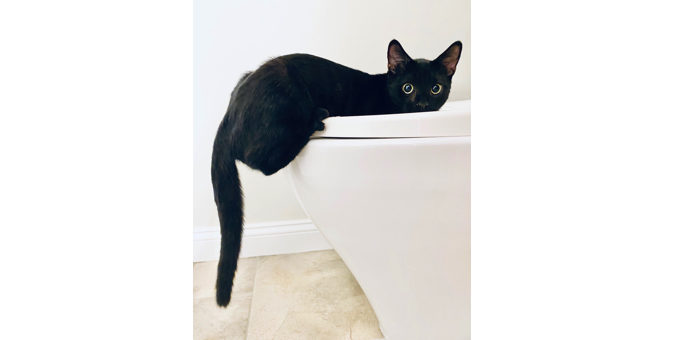It’s not a subject we think about a lot, but how much toilet paper do we use and is there a more sustainable way to clean our bottom side? The sobering answer is that in the USA, we use mountains of toilet paper, as Americans are the #1 users per capita in the world. With just 4% of the world’s population, we are responsible for around 20% of worldwide toilet paper consumption. In the United States, this amounts to about 28 pounds per person per year at a cost of around $182 yearly per person. It is interesting to note that in developing countries, toilet paper use is limited, and many people use alternatives such as bidets and reusable wet cloths.
It takes about 1 tree to make around 1500 rolls of toilet paper. Production is environmentally unfriendly due to the amounts of water and energy needed for production. Most of what we use is made from virgin softwood pulp, with no recycled content. The result is the degradation of forests across the Southeastern US and the Canadian Boreal forest, which accounts for 12 percent of the world’s carbon storage. Recycled toilet paper is available, but makes up only about 2% of consumption. Natural products like bamboo toilet paper are available at a premium price.
So is there a better solution? Bidets are a quickly growing alternative to toilet paper usage, and are growing in the US at over 20% per year. These devices are relatively inexpensive, starting at around $50 for a basic cold water model that attaches under the toilet seat. More exotic models require use of a GFCI electrical outlet under the toilet (which most of us don’t have) but offer heated seats, heated water, remote controls, and warm air drying.
A Green Newton community member reported trying out a basic model, the TUSHY classic 3.0, which sells direct from the manufacturer for well under $100. This device attaches under the toilet seat and can be installed by anyone in under 10 mintues. It offers an adjustable spray head (cold water only). The added water usage is mimimal (about 1/8 gallons of water per use). After just a couple of weeks, it was reported that the household toilet paper usage decreased by at least 30%. The number would likely drop much more if they had installed a premium model with an air dryer. The company claims it is a much more sanitary way to clean yourself and prevent bacteria–would you clean the rest of your body with a dry cloth? After using it for a couple of weeks, the reviewer reported it was a “decent” experience – even with cold water, “It works and it is even refreshing and quick to use.” They have absolutely banished the use of chemcally-infused disposable wet wipes which are bad for plumbing, disastrous for septic tanks, and a potential source of irritation and dryness. The cost of this device will pay for itself in way less than a year. And that’s just for a household of two. Another win for the environment.


Recently on Twitter